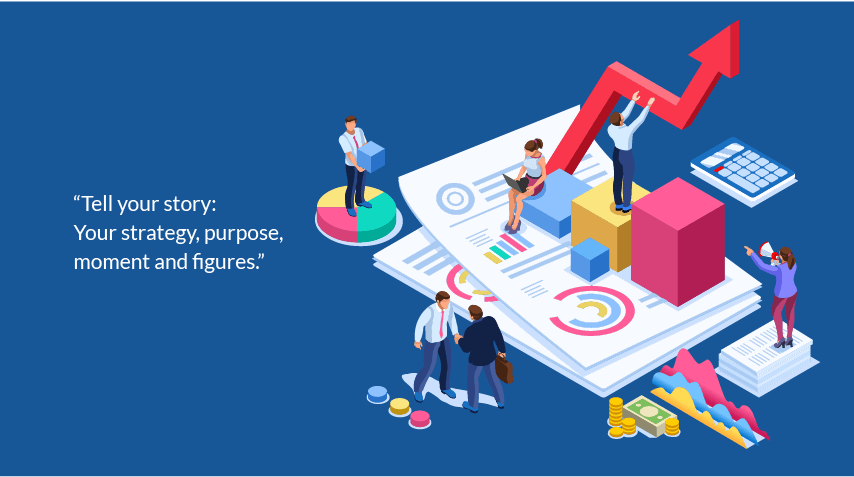Do you know what it takes to have a good IR website?
The IR website is one of the main storytelling tools available to companies.
IR websites allow investors/analysts not only to consume information, but to also interact directly with the IR team. The question is: how to create an effective IR website? By improving design? Usability? The way key financial information is presented on the home page? Access to documents? Interaction with social media?
Based on research, we have prepared a short guide to make your IR website more effective:
1 – The IR team should not build the website alone
What usually happens at the beginning of a website project is that only the IR team is involved and other employees are just called on as needed after the project has started. A long way into the process, the link is submitted for validation by the board, which can request changes to the layout, structure and content. These adjustments often impact the website structure, requiring new coding, programming and tests, causing delays in delivery.
We recommend that you set up a small committee composed of communication, marketing, IT and IR professionals to be in charge of approving the website. The process will then be effective and flor smoothly.
2 – Keep up to date with the latest technology
Take advantage of technology to make your website more dynamic and easy to use with simpler searches (for words or documents) and improve your Google rankings and SEO application. Use APIs, chatbots and automatic updates to improve day-to-day activities. Keep in mind that you must also have the latest version of your browser so that these tools can run smoothly.
3 – Tell your audience your story: Your story is important for your audience!
Potential investors want to know your story in order to understand your strategy, purpose, moment and figures. The key is to always present an engaging and concise story that allows your investors to know who you are at a glimpse. You can have a simple timeline with visuals of key milestones to address this issue.

4 – Have accurate and up-to-date content
The institutional content should not be replicated to the IR website. Have all the information your audience needs. Few companies share their investment thesis on their website, but this is a valuable piece of information for analysts and investors. It is extremely important to always update financial information. Keep in mind that appropriate content, backed by good SEO action, will help improve your Google indexing in an organic way.
5 – Design
An attractive layout is important, but remember that it takes on average five seconds for your website to load. Heavy videos and animations that take time to load can cause users to have a bad experience, leaving your website before clicking on anything, which impacts the strategy for communicating with stakeholders.
A simpler design is more functional. Good performance on different devices is of utmost importance. If you choose a feature that does not perform well on cell phones, you can exclude it from the mobile version. Simplicity combined with excellent performance can improve engagement with your audience.
6 – Security
It should be a concern across the board, from the disclosure of data to website infrastructure.
Your technical team can provide information on the server where your website will be hosted and the appropriate digital certifications, among other issues.
7 – Analytics: If you can measure it, you can manage it!
Which sections are most accessed? How long do users navigate the website? What kind of information is most sought-after? Which sections have become obsolete? Where does traffic come from? Did you reach your target audience? Which search words lead to your website? Analytics answers these and other important questions.
Nowadays, all software and platforms collect data to validate theses, implement changes and improvements and measure engagement with their audience. All available tools collect data. The more information you can gather, the more effective your decision-making will be.
You can also combine and deepen the analysis of collected data, integrate other marketing actions into monitoring and set targets.
Your strategy will be more effective if it is backed by data.
This is a short guide to improve the way the market sees your communication. Please, contact us if you have any questions.
Originally published by Fabiana Mesquita Lopes